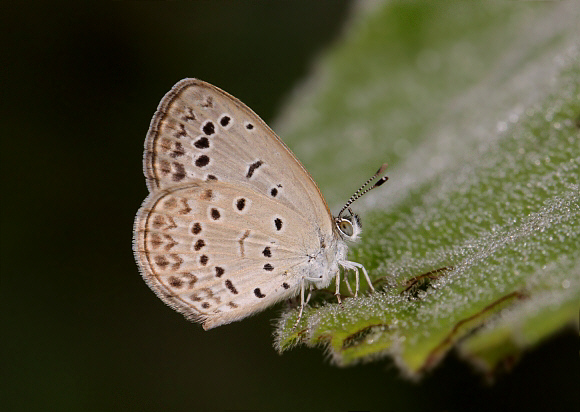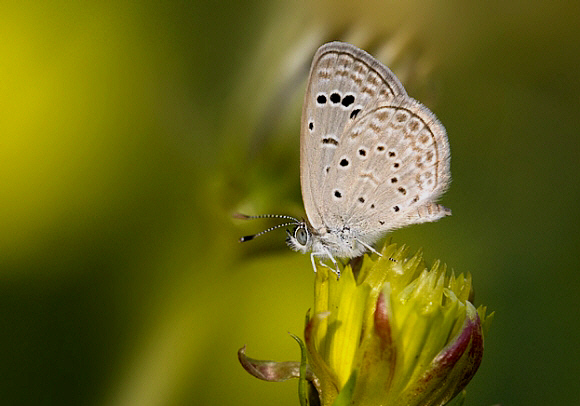
Introduction
The Grass Blues comprise of several superficially similar genera including Zizeeria, Zizula, Zizina and Chilades, all of which have representatives on the Indian subcontinent. They are all very small butterflies – the genus Chilades for example includes the smallest known butterfly species on Earth – the Madagascan Grass Blue Chilades miniscula, which has a wingspan of only 9mm.
The Zizeeria Grass Blues are decidedly larger than Chilades miniscula, but are nevertheless very tiny butterflies, measuring about 18-20mm from wingtip to wingtip. There are only 2 species in the genus Zizeeria, i.e. knysna which is restricted to the Afrotropical region; and the illustrated species karsandra which is found in North Africa, s.w. Arabia, across the Indian subcontinent to Thailand, south through peninsular Malaysia to Sumatra, Borneo, Sulawesi, Java, Irian Jaya and Australia.
Habitats
As the common name suggests, this species is found in open grassy habitats. The butterfly is most abundant on the plains, where it swarms on flowery wasteland, but also commonly occurs on beach hinterlands, savannah / woodland mosaics, Acacia scrub, forest glades and clearings, along well-drained riverbanks, and in parks, gardens and all manner of other grassy places.
Lifecycle
The caterpillars feed on many herbaceous plants amongst which are Zornia, Melilotus, Medicago, Trifolium ( Fabaceae ), Amaranthus ( Amaranthaceae ), Tribulus ( Zygophyllaceae ) and Glinus ( Molluginaceae ). They are attended by ants including Tapinoma melanocephalum, which milk them to obtain a sugary fluid secreted from their dorsal gland.
Adult behaviour
This is a colony-forming species which occurs in great abundance in grassy areas, often swarming in dozens or hundreds on lawns and village football pitches. The butterflies are extremely active, and fly very close to the ground. They nectar avidly at low-growing herbs including Tridax, Boerhavia, Trifolium and Medicago, showing a distinct preference for white or pink flowers.

